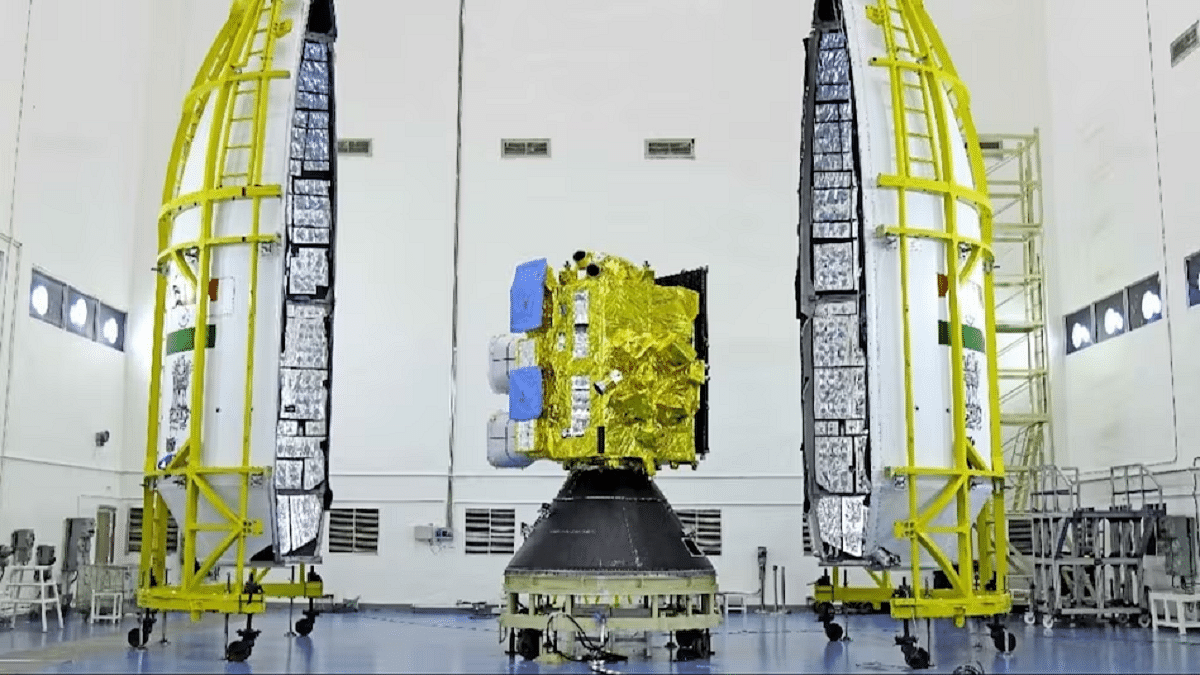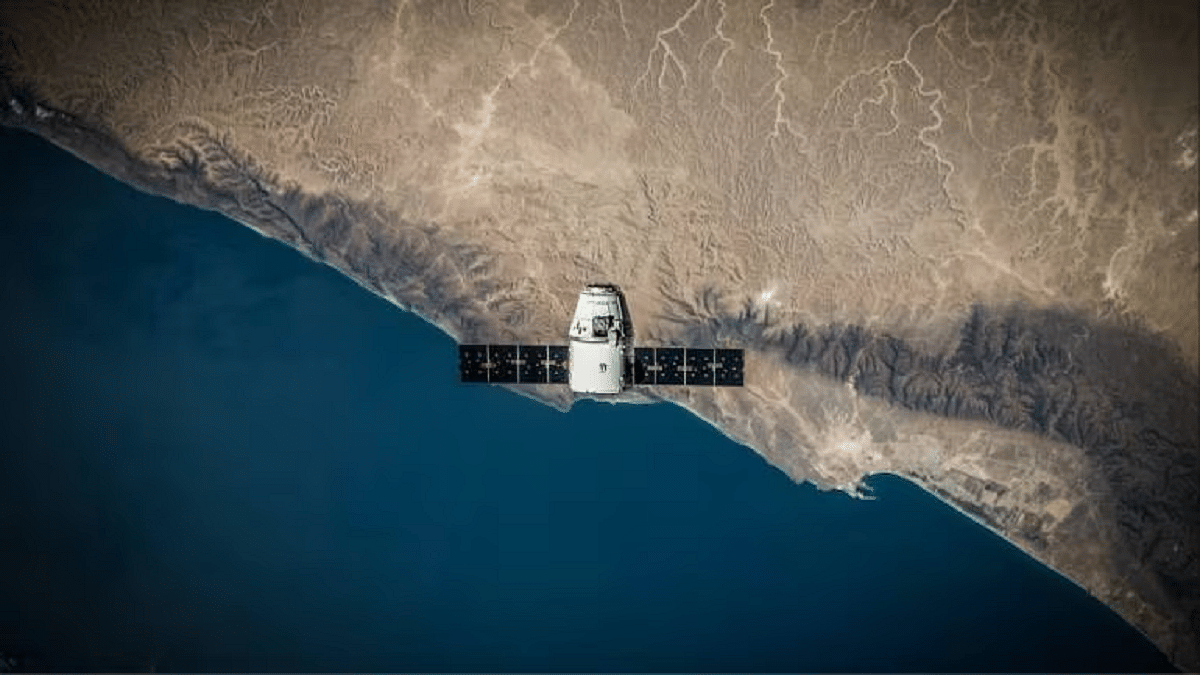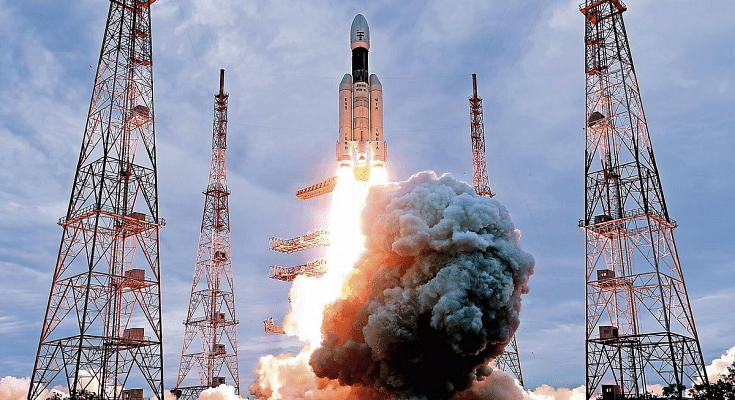Key Highlights
- ISRO to launch INSAT-3DS on Feb 17, boosting weather forecasting
- INSAT-3DS will monitor Earth’s surfaces for better predictions
- Mission aims for improved meteorological services through collaboration
India is set to achieve a significant milestone in its space endeavors with the launch of the new meteorological satellite INSAT-3DS on February 17 at 5.30 pm from SDSC-SHAR, Sriharikota. The ISRO announced this development on Thursday, marking its 16th mission where the Geosynchronous Satellite Launch Vehicle (GSLV) rocket will propel INSAT-3DS into orbit. The GSLV aims to initially position INSAT-3DS into a Geosynchronous Transfer Orbit, followed by maneuvers for a Geo-Stationary Orbit. Also Read | Chandrayaan-3 Mission: Five Key Insights
Advanced Meteorological Observation

INSAT-3DS represents India’s third-generation meteorological satellite, fully financed by the Ministry of Earth Sciences. Designed to revolutionize meteorological observations, the satellite will monitor both land and ocean surfaces, enhancing weather forecasting and disaster warning capabilities. By augmenting the services provided by the operational INSAT-3D and INSAT-3DR satellites, INSAT-3DS is poised to significantly elevate India’s meteorological capabilities.
Mission Objectives
According to the ISRO website, the primary objectives of the mission include:
- Monitoring Earth’s surface and conducting oceanic observations across various spectral channels of meteorological significance
- Providing vertical profiles of various atmospheric meteorological parameters
- Offering data collection and dissemination capabilities through Data Collection Platforms (DCPs)
- Furnishing satellite-aided search and rescue services
Also Read | Starlink Likely To Offer Internet Service Inside Aircraft
Collaborative Efforts For Enhanced Services

INSAT-3DS data will be utilized by various departments under the Ministry of Earth Sciences, including the India Meteorology Department (IMD), National Centre for Medium-Range Weather Forecasting (NCMRWF), Indian Institute of Tropical Meteorology (IITM), National Institute of Ocean Technology (NIOT), Indian National Center for Ocean Information Services (INCOIS), and other related agencies and institutes. These collaborations aim to provide improved weather forecasts and meteorological services, leveraging the advanced capabilities of INSAT-3DS.
A Step Forward In Weather Prediction
While ISRO celebrated historic achievements last year, including the successful launches of Chandrayaan-3 and Aditya-L1, the focus now shifts towards enhancing terrestrial capabilities with INSAT-3DS. Unlike missions aimed at exploring celestial bodies, INSAT-3DS will play a pivotal role in refining weather forecasting, marking a significant stride in India’s space exploration journey.
Also Read | Five Most Viewed Live Streams On YouTube
